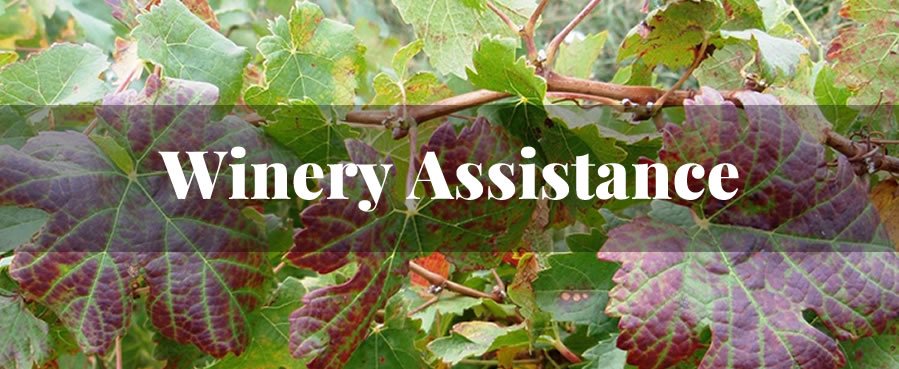HR 748/the “CARES” Act is the two trillion dollar stimulus bill that is now law. It has several key features that any business owner in the wine trade should be aware of. Most of the key points are in a subsection called “Keeping American Workers Paid and Employed Act” which was authored by a team of four bipartisan Senators: Marco Rubia (R), Ben Cardin (D), Susan Collins (R) and Jeanne Shaheen (D).
This program is supposed to be fully online by Friday, April 3rd.
While other parts of the stimulus package focused on getting money to US citizens, the KAWPEA is written to protect small businesses. There are a lot of options for someone running a business with less than 50 people, which is pretty much the entire wine trade. In this article, I am listing all the important elements of the bill, and explaining how they could help your business. I will keep this page updated as this bill becomes laws. I hope to have links to applications and information as soon as they become available. Feel free to add relevant information in the comments below.
FYI, this information is valid for any small business, including wine shops and restaurants.
Paycheck Protection Program
Payrolls aren’t as big for wineries as they are for other small businesses, but it’s far from trivial. This program offers loans of 2.5 times your average monthly payroll. The loans have low-interest rates, with a maximum of 4%, and are expected to have a 24-hour turn-around once the program has been established. The key detail here is that the loan will be forgiven if you maintain the same payroll levels. In effect, this loan would become a grant. You would only have to pay back the interest accrued.
Small businesses are going to benefit greatly from this section. Businesses will be eligible to obtain a loan equal to two and a half times their average monthly payroll for a full year. The program includes a debt forgiveness component (up to 100%) when loan proceeds are used for payroll and other eligible expenses during the eight weeks after obtaining the loan. Those expenses include payroll, rent, mortgage interest, or utilities
Debt is the biggest burden for many in the wine trade. Land and equipment costs often mean you have a multi-million-dollar debt. This section is going to be a Godsend to many small wineries. This is link to the SBA program page: https://www.sba.gov/funding-programs/loans/paycheck-protection-program
Small Business Debt Relief
Many wineries (as well as breweries and distilleries) have loans from the Small Business Administration (SBA). Often these SBA loans were taken out to purchase buildings or equipment. This includes the following SBA programs: 504 loans, 7(a) Community Advantage, and Microloan. This bill requires the SBA to forgive your loan for half a year. This means the SBA will pay the principal, the interest, and all fees for half a year. This section has been funded with $17 Billion dollars.
504 Loans
7(a) Loans
Emergency EIDL Grants
This expands the existing Emergency EIDL Grant program that the SBA already runs. This allows for a $10,000 advanced within three days to cover payroll and to service debt obligations. This section has been funded with $17 Billion dollars. This is the link directly to the COVID-19 page: https://disasterloan.sba.gov/apply-for-disaster-loan/index.html This is a great program if you need money quickly. However, the next section may be a better fit if you can hold out a little longer.
How the Wine School is Helping
If you are a member of the food or wine trade and lost your job, you can become a Wine School Ambassador. We are paying up to 45% of our revenue to people in need. Here is the link to apply: https://www.vinology.com/wine-ambassador-application/
How Much Assistance Could A Winery Recieve?
These are back-of-an-envelope calculations, so YMMV. On average, a medium-sized winery has a payroll burden of $32K and has a debt burden of around $50K. Those are monthly amounts, not annual. That would put the Federal assistance in the ballpark of $380,000 for a medium-sized winery.
SBA Background
The Wine School worked with the SBA to expand it’s footprint several years ago. It was one of the smartest choices I made as a business owner. In fact, it went so well that a few of our bankers are now students at the school! They wrote us up a few years ago: https://www.sba.gov/node/1623864
Wine Industry Lobbyists
In addition to CARES, the lobbyist groups WineAmerica and the Wine Institute have been pushing for several other remediations on Capitol Hill. This includes suspending federal excise taxes through December 31st, making the Craft Beverage Modernization and Tax Reform Act permanent, and suspending tariffs on alcohol beverages and related suppliers. Let’s hope they can push the ball forward on these topics.


Hi,
Do I just keep checking back. We own a small winery in Cambria County, Pennsylvania. We received a $1,000 grant at the beginning of the pandemic and a $57,100 loan in June from the SBA.